A Glimpse of Retail’s Future at RECon
During the first day of RECon, several innovative entrepreneurs addressed possible solutions to retail real estate’s biggest challenges.
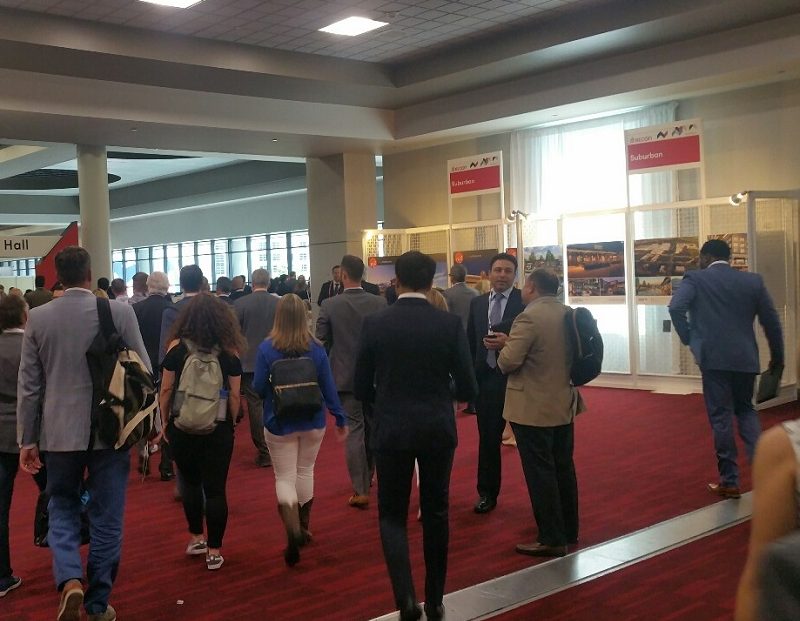
RECon attendees on May 20 at the Las Vegas Convention Center.
What’s ahead for retail real estate figured in untold thousands of conversations on Monday at RECon, the International Shopping Center Council’s annual spring convention in Las Vegas. An early-morning panel discussion tackled an issue that weighs heavily in the sector’s capacity to stay strong in the long run: What do consumers want most from their brick-and-mortar stores?
“They’re not as enthusiastic about robots and bells and whistles as they are about good old-fashioned customer service and customer experience,” said James Cook, director of Americas retail research at JLL, which presented the session at its booth in the Las Vegas Convention Center. Among the most striking findings of the survey came in response to the question: “What can make your shopping experience better?”
The factor that generated the most favorable response was a skilled customer service representative, at 51 percent. Only 8 percent cited an artificial-intelligence robot that assists with shopping and checkout. Another 19 percent mentioned smartphones, and 23 percent mentioned a combination of all three factors.
Generational Factors
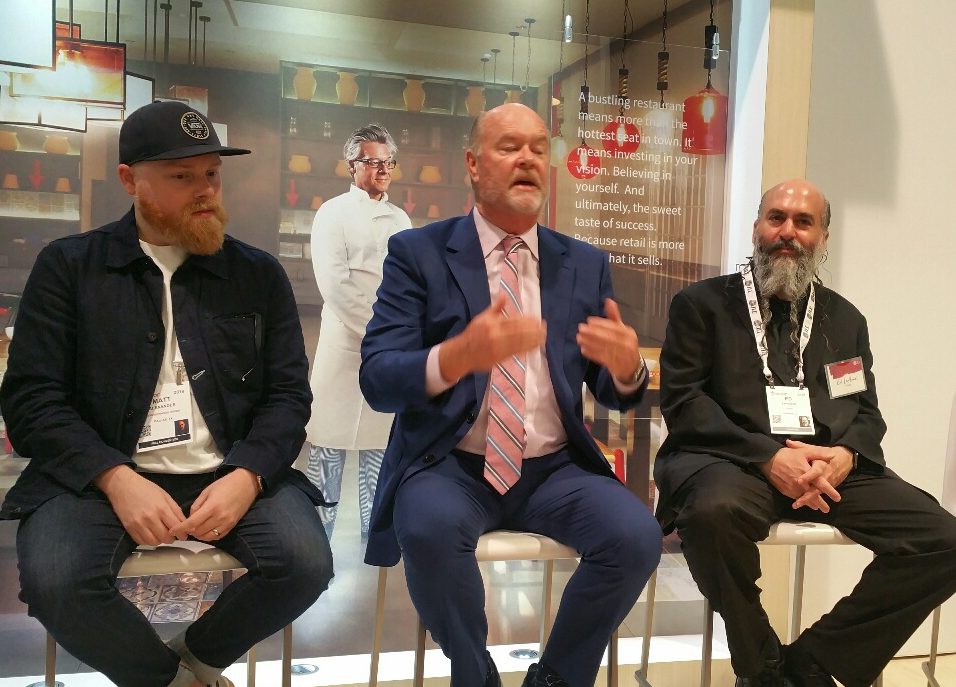
From left: Matt Alexander, Neighborhood Goods; Greg Maloney, JLL Retail: Ed Lahood, Thyng, during discussion of retail real estate’s next steps.
As JLL Retail CEO Greg Maloney observed, retailers must now take six distinct generations of shoppers into consideration, from seniors to Gen Z. Across the board, 26 percent of respondents said that in the next 10 years, they expect to see technology that helps them navigate the center.
Intriguingly, the highest rate of favorable responses to that question came from the two groups that are farthest part in age–seniors (32.3 percent) and Gen Z shoppers (31.7 percent). Another 36.7 percent expect to see same-day store delivery in the next 10 years, including 31 percent of seniors.
Several entrepreneurial retailers made the case for creative formats as crucial to real estate’s future. Candytopia, the immersive pop-up experience led by CEO John Goodman, has created a major splash since its debut, and the marketing strategy is as unusual as the stores themselves. Marketing the entertainment experience on social media, the entertainment experience has so far attracted some 790,000 customers to its short-term locations in Santa Monica, Calif., Dallas and New York City. Instagram followers alone total 190,000. By using social media exclusively, Candytopia has cut its customer acquisitions costs to about 17 cents per customers, Goodman estimates.
Neighborhood Goods, a Dallas-based startup, was represented during the panel by co-founder Matt Alexander. The concept is an attempt to radically configure the department store for the 21st century by offering a continually changing selection of brands in a space that is a fraction of the size of the conventional department store. Fixtures run from floor to ceiling, and even more prominent is the use of data analytics to assess customer behavior. “The goal is we’re always changing, we’re always learning, we’re always experimenting.”


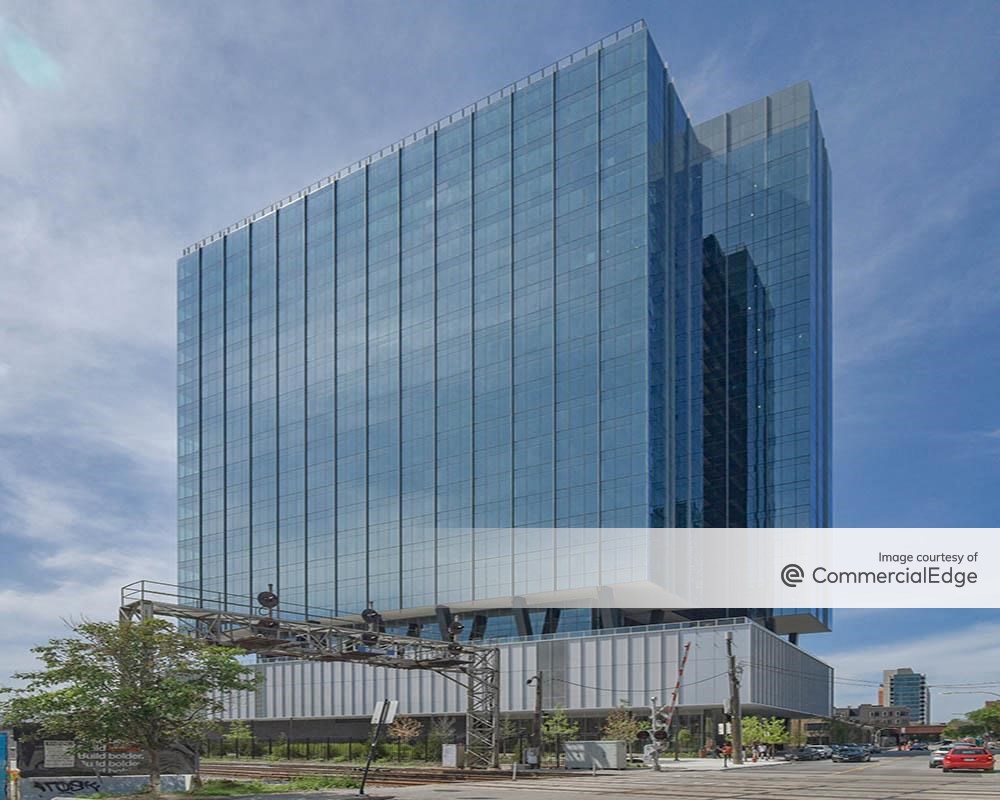
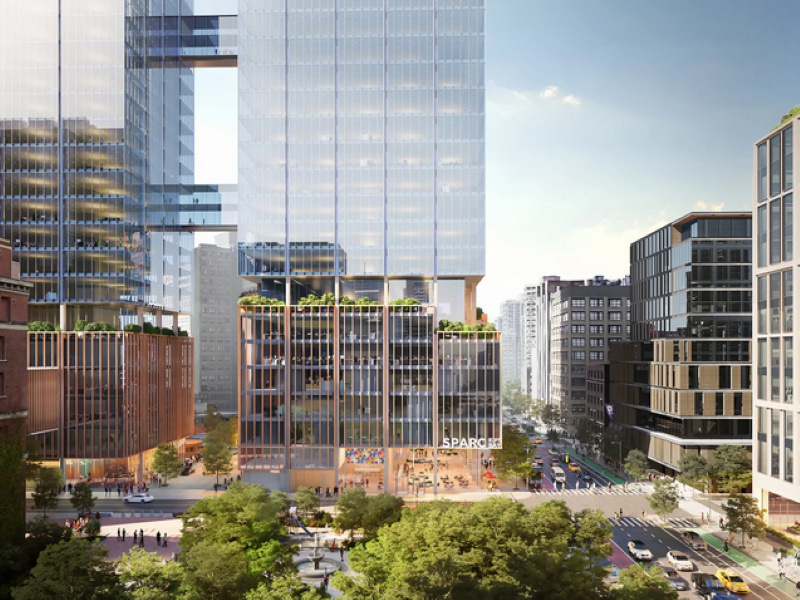

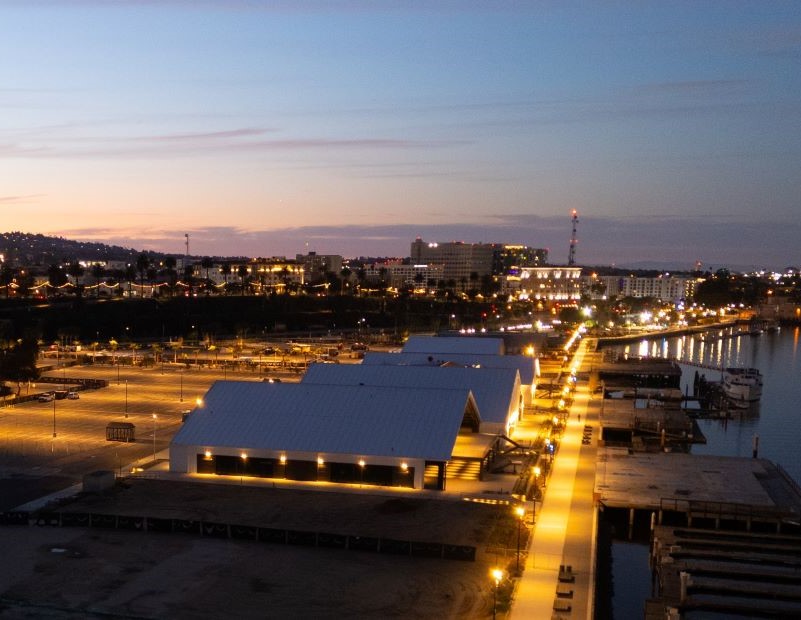
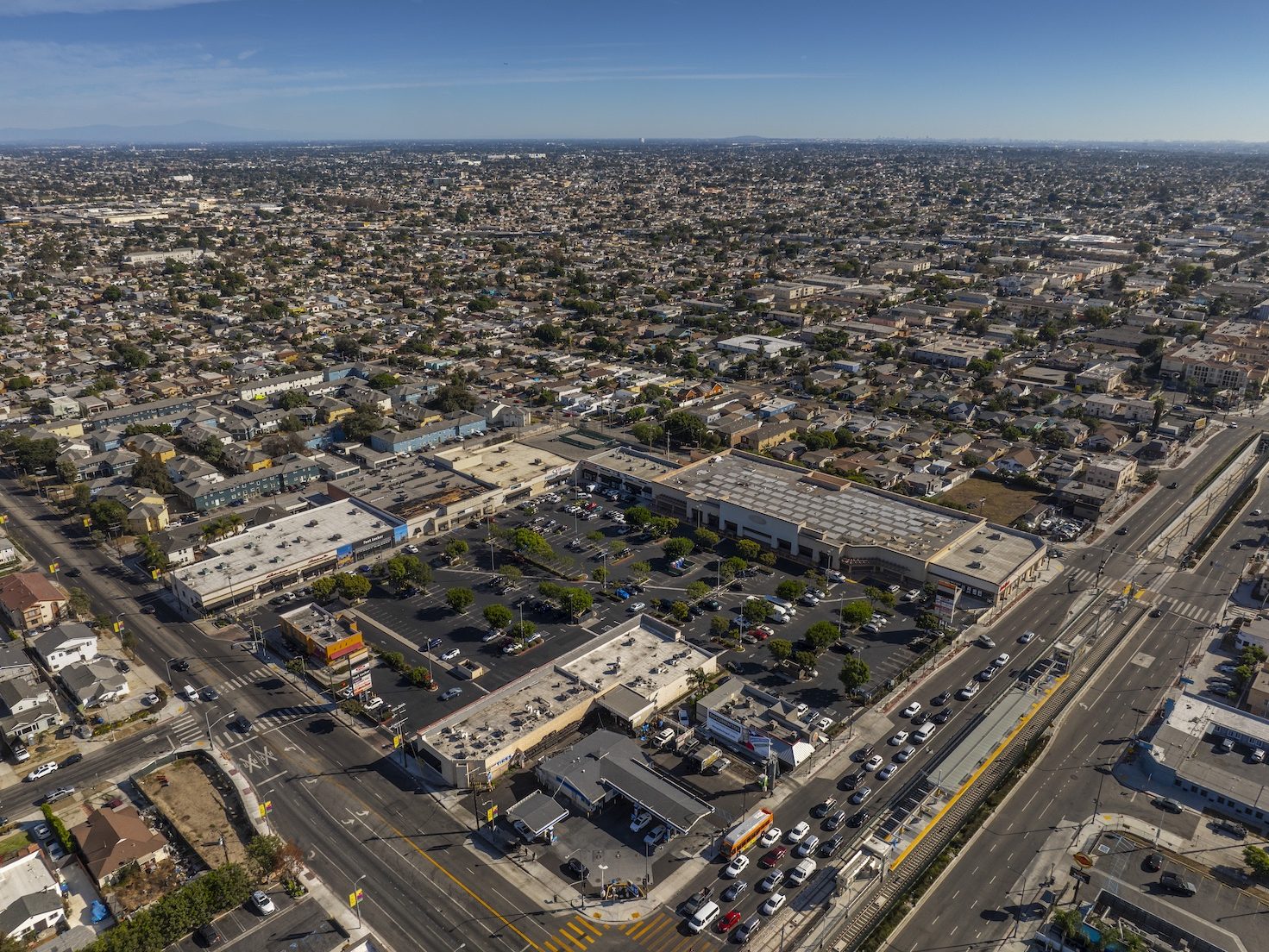
You must be logged in to post a comment.